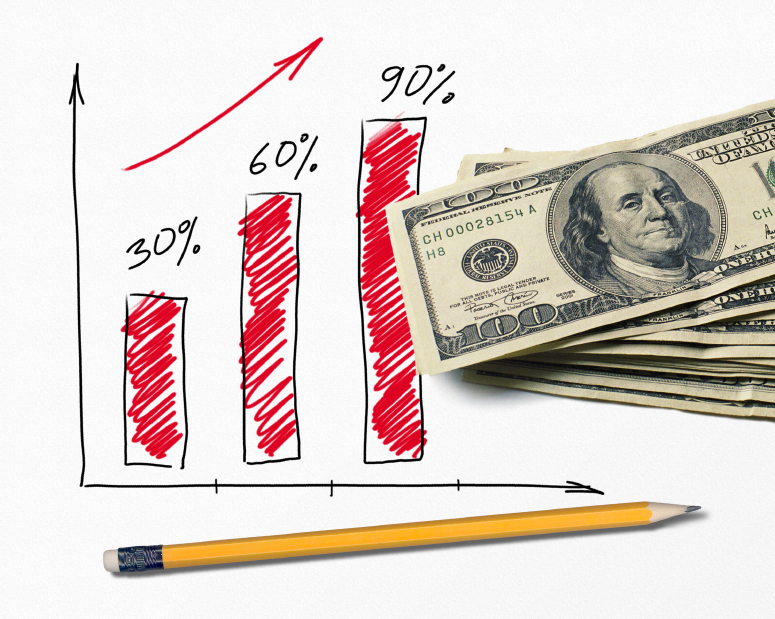Robert T. Yokl, President/CEO, SVAH Solutions
Value analysis is too often thought of by value analysis practitioners as a vetting tool for new product, service, or technology requests, or to evaluate new or renewal GPO contracts. While value analysis can be used for these purposes, it was originally designed to determine whether you are buying the right product, service, or technology for the right functionality. Consequently, VA isn’t being utilized to its fullest capabilities at most hospitals, systems, and IDNs. The purpose of value analysis is the study of function and the search for lower-cost alternatives with equal or better quality. Here are some ideas on how to get started on the path of doing so.
Three Most Productive Methods to Select Value Analysis Projects to Save Even More Money
If you aren’t employing Value Analysis Analytics™(*) to select your projects for a value analysis study (i.e. in-depth functional analysis of one or more of the products, services, or technologies you are buying) here is a list of three alternative VA project selection methods to do so:
1. Pareto’s Law of Distribution or ABC Analysis: By sorting (highest to lowest) annual dollar purchase spend by commodity, vendor, or product, service or technology, you can target the top 25 highest spend items in each category of purchase for a VA study. For instance, one food service client I work with had meat, eggs, and coffee as one of their top 25 highest spend categories. Naturally, these commodities were the first items that I selected for a value analysis study, which ultimately yielded thousands of dollars of savings.
2. Products, Services, and Technologies Over Budget: Any product, service, or technology that is over budget for any given year should be scheduled for a value analysis study. The reason for selecting these over budget items is that these commodities could easily be wasted, misused, misapplied, or a value mismatch vs. just an increase in volume in a department’s procedures, tests, cases, etc.
3. Complex Big-Ticket Products, Services, and Technologies: You should be conducting value analysis studies at least every three years on your complex big-ticket products, services, and technologies, like cardiac rhythm devices, spinal implants, orthopedic products, purchased service contracts, etc.
The goal of these four VA study selection methods is to help you to apply the value analysis methodology to the products, services, and technologies you are buying on a scheduled rather than adhoc basis. This way, you can always be in control of your spending.
The Downside of Not Doing Value Analysis Studies
To continue to purchase products, services, and technologies automatically without conducting value analysis studies on your best value analysis savings opportunities is akin to a baseball pitcher throwing a pitch to the batter without a baseball or a quarterback trying to throw a touchdown pass without a football. The result being that you will not uncover those big double-digit savings that your healthcare organization desperately needs to stay afloat in these difficult financial times.





